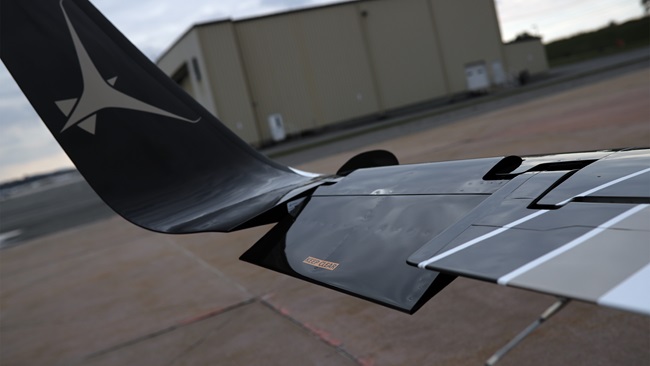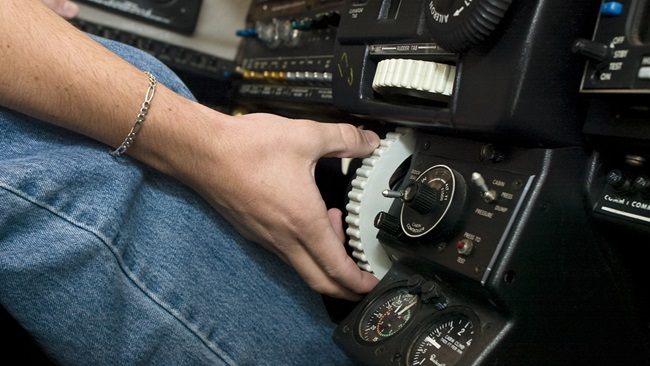How close have you come to breaking the sound barrier in your trainer?
Possibly closer than you think. Even if your aircraft lurks in the 100-knot airspeed range, its propeller turning at highest rpm can produce tip speeds approaching the transonic or supersonic realm, generating the power needed for takeoff, but also plenty of noise.
That is one reasons why some aircraft equipped with two-bladed propellers have been modified via a supplemental type certificate for three-bladed (or more) props. Other aircraft come factory-equipped with props of more than two blades. In either case, a prop with more blades (of lesser diameter) may afford an aircraft more speed, better ground clearance, and reduced noise.
Take some time to read up on your trainer’s prop’s specifications. How much does it weigh? What is its diameter? A 1977 Cessna 150 Commuter’s two-bladed fixed-pitch prop has a diameter of 69 inches; the prop on a 1978 Cessna Skyhawk has a 75-inch diameter, according to the pilot’s operating handbooks.
“Of course, propeller blades are airfoils; propeller tips can reach transonic speeds at high rpm; and the larger the propeller diameter, the faster the propeller tip speeds will be," wrote Thomas A. Horne in this article about a prop modification for the twin turboprop Beech King Air. (The props on this powerful aircraft are 96 inches in diameter.)
A supplemental type certificate for the piston twin Beech Baron made available three-bladed props "that provide increased ground clearance, less noise, and better speed. Owners should see a 5.8 dB decrease in sound over the standard two-blade prop, and 1.1 dB lower than other three-blade models."
Speaking of ground clearance, how much does your trainer afford its prop?
Not very much—which you can discern at a glance. That’s why it is so important for you to inspect the prop carefully during preflight inspections for nicks or dents, and why proper technique calls for you to taxi at low power over a gravel surface, broken pavement, or uneven ground. Also use care when exiting a paved taxiway onto an unpaved parking area. Always make sure that your nosewheel tire and nosewheel shock strut are properly inflated and serviced.
Your trainer’s prop may lack the sophisticated design of higher performance aircraft and aftermarket “mods.” But knowing its "specs" helps you achieve the safest, most efficient, and "friendly" use of your aircraft.


